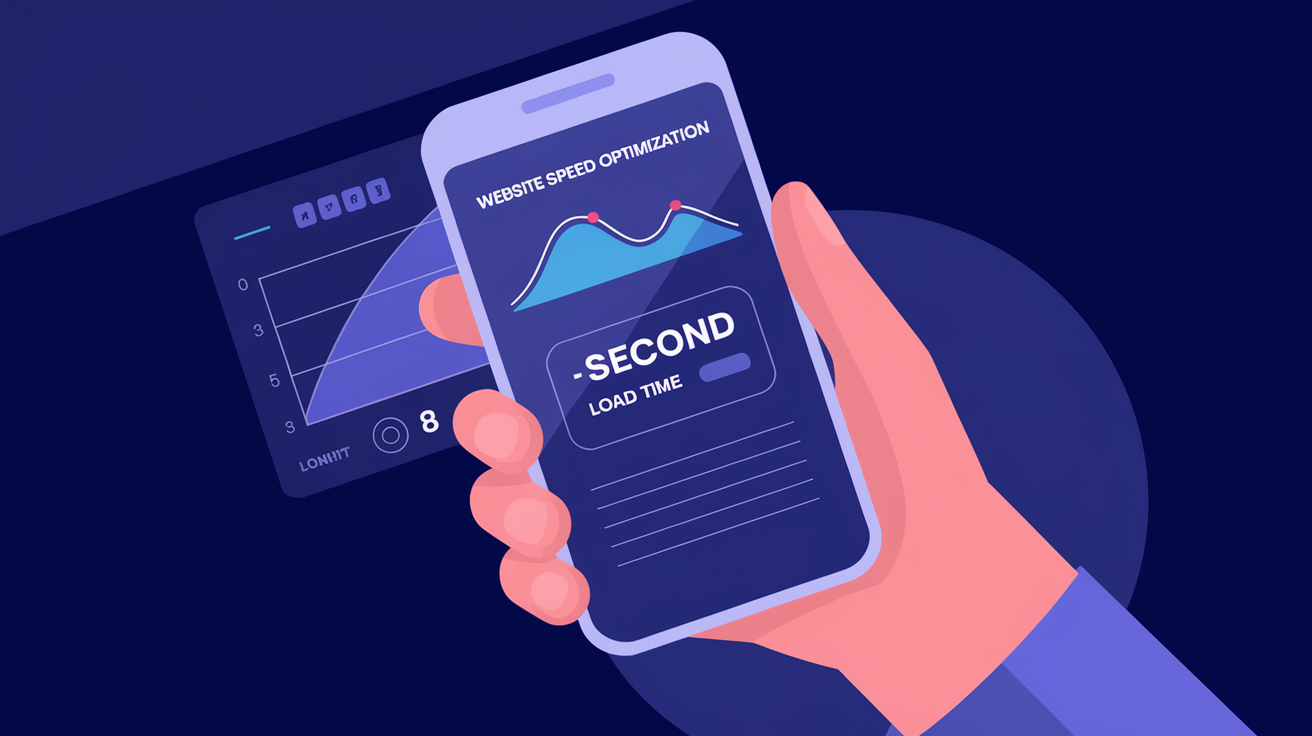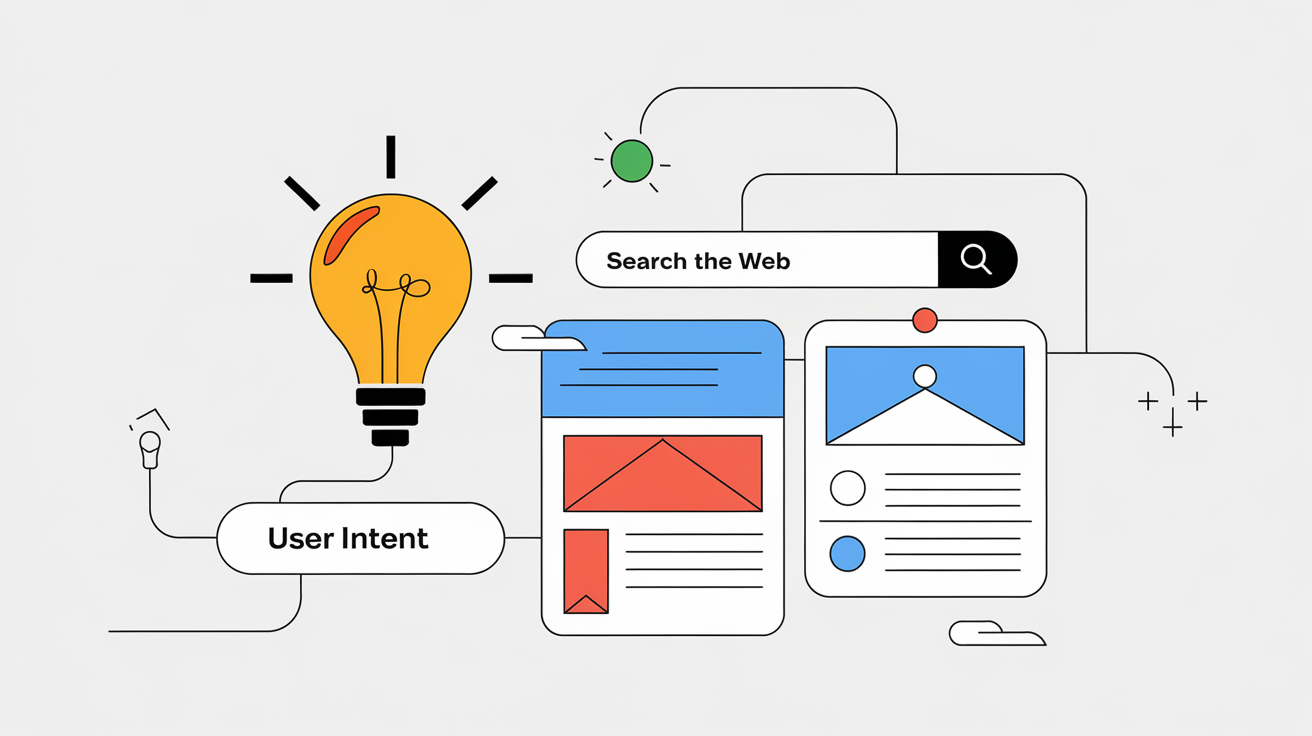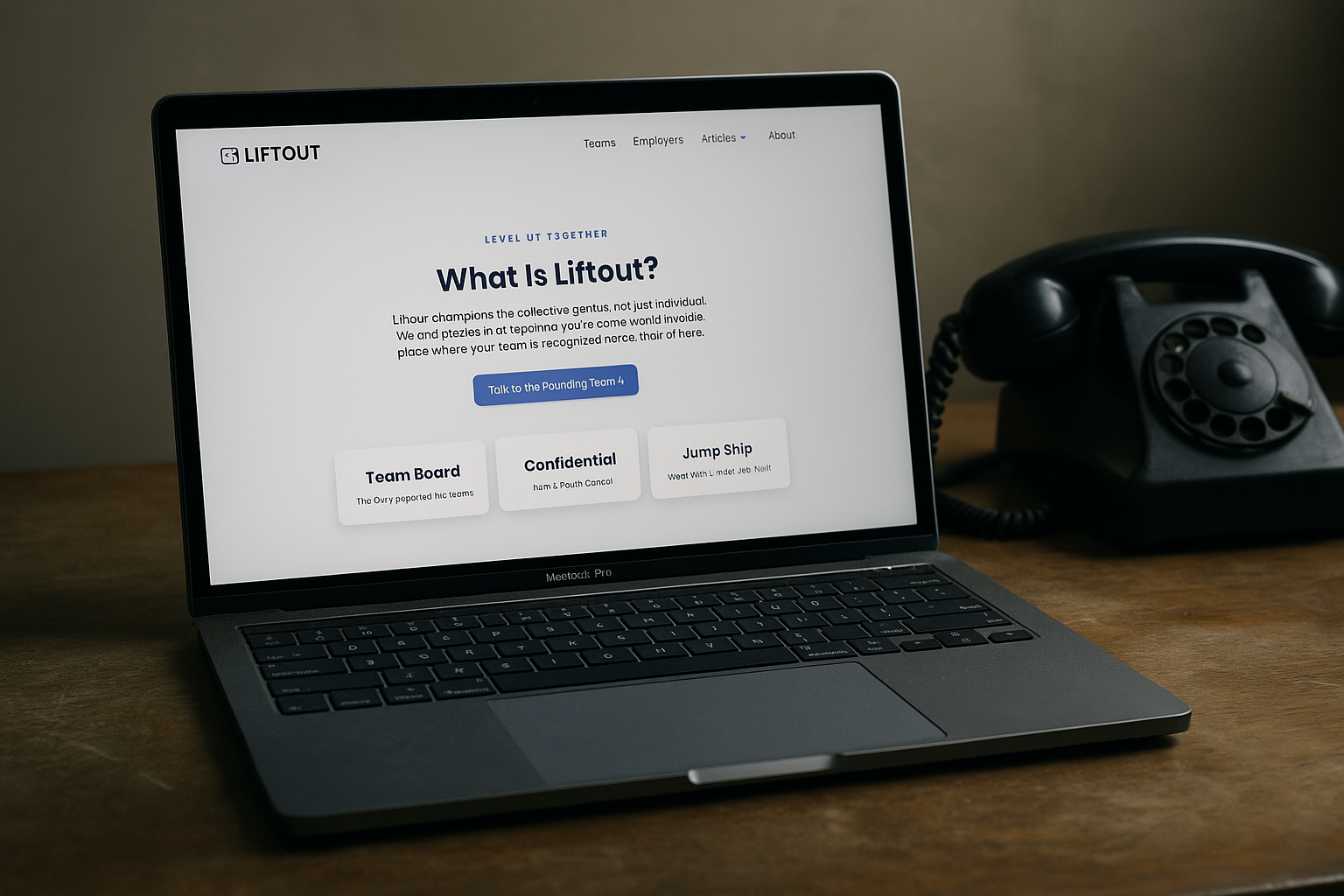Website Speed Optimization That Drives Revenue Growth
Learn which speed optimizations truly impact your bottom line and how to implement them in order of highest ROI to transform user experience and boost conversions.

The Reality Behind Website Speed and Revenue
The promise of "faster websites = more revenue" sounds simple enough. But if you've ever gone down the rabbit hole of Core Web Vitals, PageSpeed scores, and endless technical recommendations, you know the reality is far more complex.
Most guides leave you drowning in developer jargon instead of focusing on what actually matters to your business. As someone who's spent years helping businesses increase their conversion rates through technical improvements, I can tell you with certainty: not all speed optimizations are created equal, and focusing on the wrong metrics can waste both time and money.
Let's cut through the noise and focus on the speed improvements that actually impact your bottom line.
Why Most Speed Optimization Advice Misses the Mark
The internet is filled with speed guides written by developers for developers. They emphasize technical perfection over business results—getting you to obsess over millisecond improvements that users can't perceive and that don't move your conversion needle.
Here's what they don't tell you: A perfect PageSpeed score doesn't necessarily translate to more revenue. I've seen sites with mediocre technical scores outperform "faster" competitors because they focused on optimizing the right elements—the ones that actually impact how quickly users can interact with your site.
Your goal isn't technical perfection. It's maximum revenue with minimum investment.
The Business-First Approach to Speed Optimization
Before diving into specific optimizations, you need to adopt a business-centered mindset:
- Focus on user-perceived speed, not just technical metrics: What matters is how fast your site feels to actual humans. Users care about seeing and interacting with content quickly, not your behind-the-scenes metrics.
- Prioritize high-traffic, high-value pages: Your checkout page might be far more important to optimize than your about page. Start with the pages directly tied to revenue.
- Measure what matters: Track speed alongside business metrics like conversion rate, bounce rate, and average order value. This connects technical improvements to actual revenue.
Now let's get into the practical steps that deliver the highest ROI, organized into phases based on implementation difficulty and impact.
Phase 1: The Quick Wins (Implementation time: 1-2 days)
These changes typically deliver 60-70% of the performance improvement with minimal effort:
Fix Your Images (Without Hiring a Developer)
Images are almost always the biggest culprit in slow websites. Here's what to do:
Compress every image on your site
- Install TinyPNG or ShortPixel if you're on WordPress
- For other platforms, run a bulk export through TinyPNG.com
- This typically reduces image size by 60-80% with zero visible quality loss
Resize oversized images
Many websites load massive 3000px wide images and display them in small 300px containers. This is like buying a Ferrari to drive exclusively in school zones.
- Make sure no image is more than 2x its display size (for high-resolution screens)
- For hero images, 1600-2000px width is typically the maximum you need
Add lazy loading
- In WordPress, most modern themes include this, or you can use a plugin
- For custom sites, add the loading="lazy" attribute to image tags
- This prevents off-screen images from slowing down your initial page load
These three image fixes alone typically improve load times by 30-50%. I've seen conversion rates jump 15-20% just from these changes.
Implement Basic Caching
Caching creates instant performance gains by reducing server load:
Install a caching plugin (for WordPress)
- WP Rocket ($49) is worth every penny for the simplicity
- Free alternatives: W3 Total Cache or LiteSpeed Cache
Set browser cache expiration
- Set static assets (images, CSS, JS) to cache for at least 1 year
- For WordPress, your caching plugin should handle this
- For custom sites, add proper cache-control headers
This typically cuts server response time by 30-60% for repeat visitors.
Phase 2: Mid-Level Optimizations (Implementation time: 2-5 days)
Once you've handled the basics, these modifications deliver the next tier of improvement:
JavaScript Diet Plan
Bloated JavaScript is like wearing a weighted vest in a marathon. Here's how to trim it down:
Identify and remove unnecessary scripts
- Audit your site with tools like Ghostery or the Coverage tab in Chrome DevTools
- Be ruthless about removing unused plugins, trackers, and widgets
- Every third-party script you remove typically improves load time by 100-300ms
Defer non-critical JavaScript
- Add the defer attribute to script tags that aren't needed for initial render
- Move non-essential scripts to the footer
- This lets the visible part of your page load while less important scripts wait their turn
When I implemented these changes for a Texas healthcare provider, their mobile conversion rate increased by 23% almost overnight.
CSS Cleanup
Streamlining your CSS makes pages render faster:
Remove unused CSS
- Tools like PurgeCSS can identify and remove unused styles
- This can reduce CSS file size by 20-80%
Inline critical CSS
- Extract and inline the CSS needed for above-the-fold content
- This lets users see your content while the rest of the styles load
For most small to medium websites, these changes improve perceived performance dramatically without requiring major development resources.
Phase 3: Serious Performance Gains (Implementation time: 1-3 weeks)
These are more substantial changes that typically require professional implementation but deliver transformative results:
Upgrade Your Hosting Foundation
No amount of optimization can overcome fundamentally slow hosting:
Move to performance-focused hosting
- For WordPress: Kinsta, WP Engine, or Cloudways
- For custom sites: A properly configured VPS or cloud hosting solution
- Expect to spend $30-100/month for small to medium sites (and it's worth every penny)
Implement a CDN (Content Delivery Network)
- Cloudflare's free plan is an excellent starting point
- This distributes your content across global servers for faster delivery
When ComparePower upgraded their hosting infrastructure, their conversion rate increased by 17% and their SEO rankings improved across the board.
Core Web Vitals Optimization
These are Google's metrics for user experience, and they directly impact both search rankings and conversion rates:
Largest Contentful Paint (LCP) - Time until the main content is visible
- Optimize your hero images and main content delivery
- Implement resource hints like preload for critical assets
First Input Delay (FID) / Interaction to Next Paint (INP) - How quickly your site responds to user input
- Minimize main thread work during page load
- Break up long JavaScript tasks
Cumulative Layout Shift (CLS) - How much elements move around during loading
- Set explicit dimensions for all media elements
- Reserve space for dynamic content
Improving these metrics not only boosts your organic search visibility but also significantly enhances user experience and conversion rates.
Real Results That Matter
When these optimizations were implemented for real websites, here's what actually happened:
- An e-commerce site cut load times from 5.3s to 1.8s and saw conversions increase by 32%
- A lead generation site improved mobile speed by 62% and saw 41% more form submissions
- A content publisher reduced bounce rates by 27% after implementing image optimization and basic caching
The ROI on proper speed optimization is among the highest of any digital investment, with returns of 5-10x within the first year consistently observed.
Your Next Steps: A Practical Path Forward
Here's exactly what to do next:
Benchmark your current situation
- Run your site through PageSpeed Insights and note your Core Web Vitals
- More importantly, track your current conversion rates by device type
- Set up monitoring to measure the impact of your changes
Start with Phase 1 optimizations
- Implement image optimization immediately
- Set up basic caching
- These simple changes will give you the confidence to continue
Decide if you need help with Phases 2 and 3
- Can your team handle the more technical optimizations?
- Would working with a specialist deliver faster, better results?
- Calculate the potential ROI to determine if professional help makes financial sense
Remember, speed optimization isn't about technical perfection—it's about business results. Every millisecond improvement has the potential to impact your revenue, but focus on the changes that deliver the biggest bang for your buck.
Want personalized advice on what would make the biggest impact for your specific situation? Schedule a Speed Strategy Call to identify and implement the highest-ROI speed improvements with minimal hassle.
Continue Reading

Understanding User Intent to Boost Rankings
While most SEO strategies focus on algorithms and technical factors, understanding the psychology behind searches is what truly drives exceptional rankings.

Why High-Quality Content Is Your Most Powerful SEO Weapon
Struggling with SEO? Discover why high-quality content is the foundation of sustainable rankings and how to create resources that genuinely deserve top positions.

Push vs. Pull Marketing for Startups
Liftout was a smart idea with a working product. But we weren’t willing to do the early work that doesn’t scale — and that’s what killed it.
